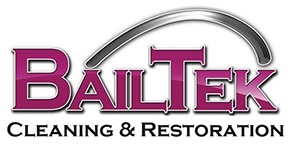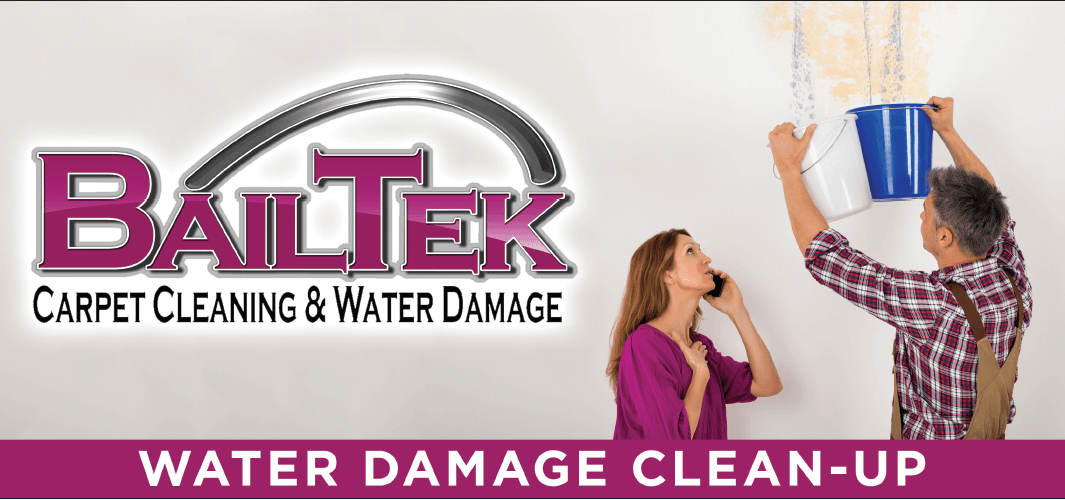Residual Moisture
In a previous post, we looked at how to combat flood damage in your basement. To stop water flow may not be possible until the source of water is eliminated or the actual cause of the leak can be determined and corrected. However, there are simple and/or effective fixes that can be implemented right away. To temporarily slow or stop the flow of water entering into the occupied space, select one or a combination of the following fixes:
- Shut-off valves (multiple locations)
- Create barriers with plastic, duct tape and portable dams
- Make a physical plug with spray urethane foam
- Use catch basins and buckets
Remember, the source of the water coming in is not the only concern that will leave you tearing your hair out. Identify and, to any extent possible, eliminate sources of dampness, high humidity and moisture to prevent mold growth. Wet or damp areas affected by flood damage and wet, non-moldy materials need cleaned. They also need dried as soon as possible, preferably within 24 hours of discovery.
Furthermore, evaluate all flood damage areas immediately adjacent to a water-impacted area of the room with flood damage in the home or building. This should include wall spaces and areas located directly above, below and adjacent to the water-impacted area. For example: above ceiling tiles of rooms and spaces located on floors below the leak or the flood damage. Failure to adequately dry these areas can provide areas for future mold growth. Use moisture meters to to determine moisture content.
Need professional advice, visit Bailtek Carpet Cleaning and Water Damage.



